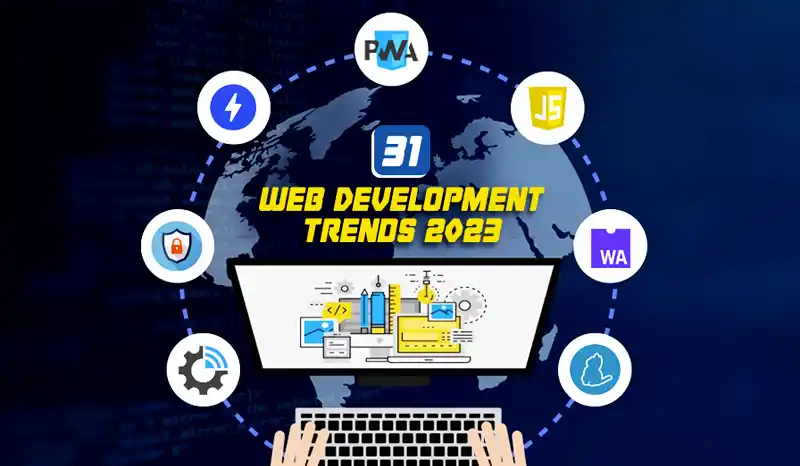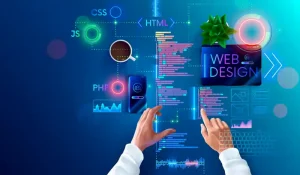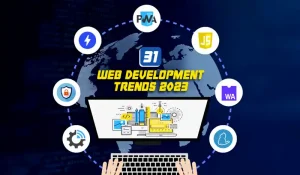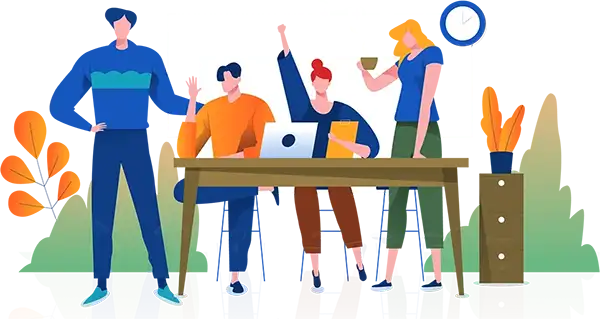As of my last update in September 2021, website design technologies continue to evolve rapidly. Some of the latest and prominent technologies and trends in website designing include:
- Responsive Web Design (RWD): RWD ensures that websites adapt and respond to different screen sizes and devices, providing an optimal user experience on desktops, tablets, and smartphones.
- Mobile-First Design: With the increasing use of mobile devices, designing for mobile-first has become essential. This approach prioritizes mobile devices during the design process, ensuring a smooth user experience on smaller screens.
- Progressive Web Apps (PWAs): PWAs combine the best of websites and mobile apps, offering users app-like experiences, offline access, and improved performance. They are fast, reliable, and responsive.
- Microinteractions: Microinteractions are subtle and engaging animations or visual cues that enhance user interactions and overall website experience.
- Voice User Interface (VUI): With the rise of voice assistants like Alexa and Siri, integrating voice-based interactions into websites has become a trend to enhance accessibility and user engagement.
- Dark Mode: Dark mode has gained popularity due to its aesthetic appeal and potential energy-saving benefits for OLED screens. It provides users with an alternative color scheme that is easier on the eyes in low-light conditions.
- Augmented Reality (AR) and Virtual Reality (VR) Integration: AR and VR technologies are being used to create immersive experiences and showcase products or services in a unique and interactive way.
- Artificial Intelligence (AI) and Machine Learning (ML): AI and ML are utilized for personalized content recommendations, chatbots, and data analysis to optimize user experiences.
- Motion UI: Motion UI combines animations and transitions to bring life to web designs, creating engaging and visually appealing interactions.
- Single Page Applications (SPAs): SPAs load entire web content on a single page, providing a seamless user experience by avoiding page reloads and reducing load times.
- Web Accessibility: Ensuring websites are accessible to all users, including those with disabilities, has become a top priority. Techniques like ARIA (Accessible Rich Internet Applications) and semantic HTML are used for enhanced accessibility.
- CSS Grid and Flexbox: These layout technologies allow designers to create responsive and complex page layouts with ease.
Remember that the technology landscape is continually changing, and new advancements may have emerged since my last update. Staying up-to-date with the latest trends and technologies is essential for web designers to create innovative and user-friendly websites.





